Diseases and Conditions › Diabetes › Diabetes: What You Need to Know About This Hidden Danger?
Diabetes is a disease in which blood glucose levels are above normal. Most of the food we eat is turned into glucose (sugar) for our bodies to burn to create energy. The pancreas, an organ that lies near the stomach, produces a hormone called insulin to help glucose get into the cells of our bodies. When you have diabetes, your body either doesn't make enough insulin or can't use its own insulin as well as it should. This causes large amounts of sugar to build up in your blood.
The actual cause of diabetes continues to be a mystery, although both genetics and environmental factors such as obesity appear to play major roles. Diabetes can cause serious health complications including heart disease, blindness, kidney failure, and lower-extremity amputations. According to the Center for Disease Control, diabetes is the sixth leading cause of death in the United States. As of 2002, 18.2 million people in the U.S.--6.3 percent of the population--had diabetes, with 1.3 million new cases being diagnosed each year. The National Institutes of Health also estimate that an additional 5.2 million people have diabetes without actually being aware of it.
There are two main types of diabetes. Type 1 diabetes, which was previously called insulin-dependent diabetes or juvenile-onset diabetes, accounts for about 10% of all diagnosed cases of diabetes. Type 2 diabetes, which was called non-insulin-dependent or adult-onset diabetes, accounts for the remaining 90%. Gestational diabetes is a type of diabetes that only pregnant women get. If not treated, it can cause problems for both the baby and the mother. Gestational diabetes develops in 2% to 5% of all pregnancies, but usually disappears when the pregnancy is over.
Diabetes is a serious disease and phrases such as "a touch of diabetes" or "your blood sugar is a little high" tend to dismiss the fact that diabetes is a major killer of Americans. In addition to the lives that are lost, diabetes has a tremendous economic impact in the United States. The National Diabetes Education Program estimates the cost of diabetes in 2002 was $132 billion. Of this amount, $92 billion was due to direct medical costs and $40 billion due to indirect costs such as lost workdays, restricted activity, and disability due to diabetes. The average medical expenditure for a person with diabetes was $13,243, or 5.2 times greater than the cost for a person without diabetes. In addition, 11 percent of national health care expenditures went to diabetes care.
In response to this growing health burden of diabetes, the diabetes community has three choices: prevent diabetes; cure diabetes; and improve the quality of care of people with diabetes to prevent devastating complications. All three approaches are being actively pursued by the U.S. Department of Health and Human Services. Many government agencies, at all levels, are involved in educational campaigns in an attempt to prevent diabetes, especially type 2. Several approaches to "cure" diabetes are also being pursued: pancreas transplantation, islet cell transplantation (islet cells in the pancreas produce insulin), the development of an artificial pancreas, and genetic manipulation where fat or muscle cells that do not normally make insulin have a human insulin gene inserted and are then transplanted into people with type 1 diabetes.
While there is yet no cure for diabetes, healthy eating, physical activity, and insulin injections are the basic therapies for type 1 diabetes. For those with type 2 diabetes, treatment includes healthy eating, physical activity, and blood glucose testing. Many people with type 2 may require oral medication to control their glucose levels. People with diabetes must take personal responsibility for their day-to-day care, and keep blood glucose levels from going too low or too high. The key to living a long and healthy life with diabetes is to learn about the disease, exercise daily, follow a diabetes food plan (right portions of healthy foods, less salt and fat), stop smoking, take prescribed medications, get routine medical care, brush your teeth and floss every day, monitor your blood glucose the way the doctor tells you to and remain positive. Using the correct routines, thousands of people with diabetes have lived long, happy and productive lives.
Article Source:http://diabetes-information-help.com
For More info: :http://www.DiabetesAide.com

The actual cause of diabetes continues to be a mystery, although both genetics and environmental factors such as obesity appear to play major roles. Diabetes can cause serious health complications including heart disease, blindness, kidney failure, and lower-extremity amputations. According to the Center for Disease Control, diabetes is the sixth leading cause of death in the United States. As of 2002, 18.2 million people in the U.S.--6.3 percent of the population--had diabetes, with 1.3 million new cases being diagnosed each year. The National Institutes of Health also estimate that an additional 5.2 million people have diabetes without actually being aware of it.
There are two main types of diabetes. Type 1 diabetes, which was previously called insulin-dependent diabetes or juvenile-onset diabetes, accounts for about 10% of all diagnosed cases of diabetes. Type 2 diabetes, which was called non-insulin-dependent or adult-onset diabetes, accounts for the remaining 90%. Gestational diabetes is a type of diabetes that only pregnant women get. If not treated, it can cause problems for both the baby and the mother. Gestational diabetes develops in 2% to 5% of all pregnancies, but usually disappears when the pregnancy is over.
Diabetes is a serious disease and phrases such as "a touch of diabetes" or "your blood sugar is a little high" tend to dismiss the fact that diabetes is a major killer of Americans. In addition to the lives that are lost, diabetes has a tremendous economic impact in the United States. The National Diabetes Education Program estimates the cost of diabetes in 2002 was $132 billion. Of this amount, $92 billion was due to direct medical costs and $40 billion due to indirect costs such as lost workdays, restricted activity, and disability due to diabetes. The average medical expenditure for a person with diabetes was $13,243, or 5.2 times greater than the cost for a person without diabetes. In addition, 11 percent of national health care expenditures went to diabetes care.
In response to this growing health burden of diabetes, the diabetes community has three choices: prevent diabetes; cure diabetes; and improve the quality of care of people with diabetes to prevent devastating complications. All three approaches are being actively pursued by the U.S. Department of Health and Human Services. Many government agencies, at all levels, are involved in educational campaigns in an attempt to prevent diabetes, especially type 2. Several approaches to "cure" diabetes are also being pursued: pancreas transplantation, islet cell transplantation (islet cells in the pancreas produce insulin), the development of an artificial pancreas, and genetic manipulation where fat or muscle cells that do not normally make insulin have a human insulin gene inserted and are then transplanted into people with type 1 diabetes.
While there is yet no cure for diabetes, healthy eating, physical activity, and insulin injections are the basic therapies for type 1 diabetes. For those with type 2 diabetes, treatment includes healthy eating, physical activity, and blood glucose testing. Many people with type 2 may require oral medication to control their glucose levels. People with diabetes must take personal responsibility for their day-to-day care, and keep blood glucose levels from going too low or too high. The key to living a long and healthy life with diabetes is to learn about the disease, exercise daily, follow a diabetes food plan (right portions of healthy foods, less salt and fat), stop smoking, take prescribed medications, get routine medical care, brush your teeth and floss every day, monitor your blood glucose the way the doctor tells you to and remain positive. Using the correct routines, thousands of people with diabetes have lived long, happy and productive lives.
Article Source:http://diabetes-information-help.com
For More info: :http://www.DiabetesAide.com
Article By: Larry Denton
How Benefits your life style from type 2 diabetes
Exercise prescription for diabetics
Controlling Diabetes with Exercise New Findings
Diabetes mellitus and Artificial sweeteners
Introduction to Diabetes Mellitus - Diabetes 101
Matching Insulin Syringe to Insulin strength is crucial
If you need Insulin, better to start early
Diabetes Symptoms, When to See the Doctor?
Becoming a Diabetes Expert
Could You Have Diabetes And Not Even Know It?
Introduction to Diabetes Mellitus - Diabetes 101
Childhood Obesity May Lead to Type 1 Diabetes
So You Want to Know How to Treat Diabetes!
Avandia Side Effect Lawyer: Diabetes Drug Damages Liver
how does the body maintain blood pressure
maintaining blood pressure
how the body maintains blood pressure
effects of CHD
how is diabetes treated
how does the body respond to high blood pressure
introduction of diabetes mellitus
how does the heart maintain blood pressure
how does body maintain blood pressure
understanding heart rate
how is blood pressure maintained
how does the body maintain normal blood pressure
how body maintains blood pressure
how long can you live with mesothelioma
introduction to diabetes mellitus
50 ways to love your liver
otolam
what maintains blood pressure
does the heart maintain blood pressure
Compare the homeostatic mechanisms that maintain normal blood pressure and heart rate
social effects of chd
signs of unhealthy eyes
Compare the homeostatic mechanisms that maintain normal blood pressure and heart rate
how to maintain blood pressure
unhealthy eyes
mechanisms that maintain blood pressure
does the heart help maintain blood pressure
mechanisms to maintain blood pressure
how do arteries aid in maintaining blood pressure
social impacts of CHD
Physiological mechanisms to maintain normal blood pressure
maintain blood pressure
how is blood pressure maintained in the body
describe the process by which the body maintains normal blood pressure
what maintains blood pressure in body
laser treatment for ear infections
how does your body maintain blood pressure
diabetes mellitus introduction
increase resistance decrease pressure
understanding your heart rate
otolam procedure
how to save eyesight
effects of CHD on health
osa ohs
how to keep a healthy prostate
what mechanisms maintain blood pressure
how the heart maintains blood pressure
how does our body maintain blood pressure
how do cataracts occur
diabetes mellitus 101
Most Read
New Articles
Most Viewed
Most Downloads
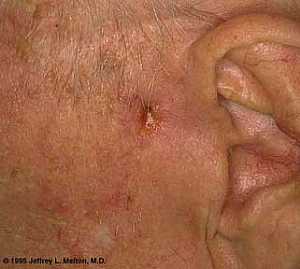 Basal Cell Carcinoma ("Rodent Ulcer" Type)
Basal Cell Carcinoma ("Rodent Ulcer" Type)
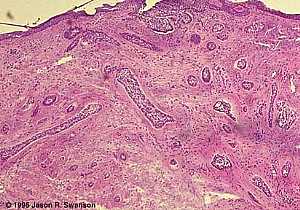 Basal Cell Carcinoma (Histology-Morpheaform Type)
Basal Cell Carcinoma (Histology-Morpheaform Type)
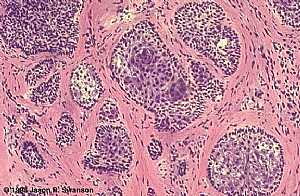 Basal Cell Carcinoma (Histology-Nodular Type - High power)
Basal Cell Carcinoma (Histology-Nodular Type - High power)
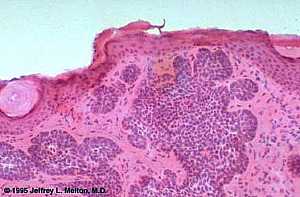 Basal Cell Carcinoma (Histology-Nodular Type- High power)
Basal Cell Carcinoma (Histology-Nodular Type- High power)
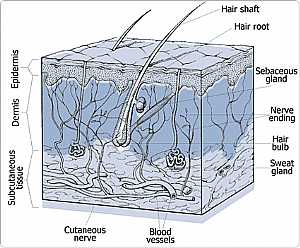 Skin
Skin
 Nervous System -- Basic
Nervous System -- Basic
 Brain anatomy
Brain anatomy
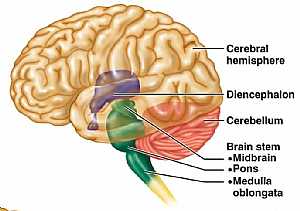 Brain anatomy
Brain anatomy
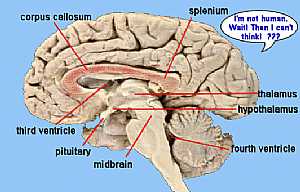 Brain anatomy
Brain anatomy
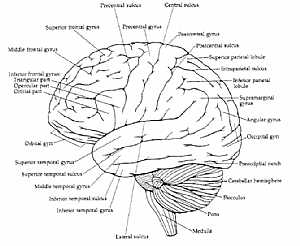 Brain anatomy
Brain anatomy
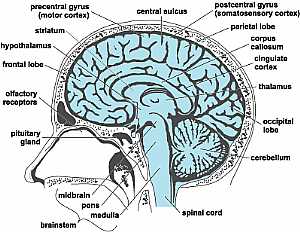 Head anatomy
Head anatomy
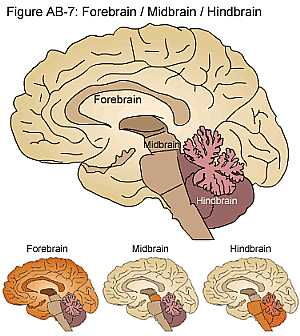 Brain anatomy
Brain anatomy
eDoctorOnline.com does not provide medical advice, diagnosis or treatment.
© Copyright 2001-2022 eDoctorOnline.com
© Copyright 2001-2022 eDoctorOnline.com

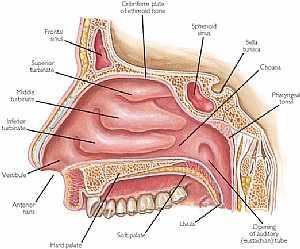 Nose anatomy
Nose anatomy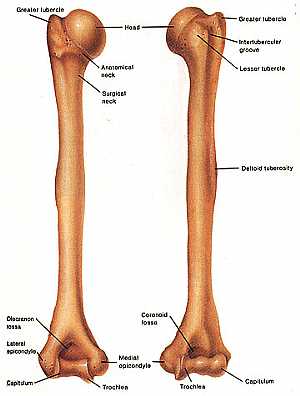 Humerus bone
Humerus bone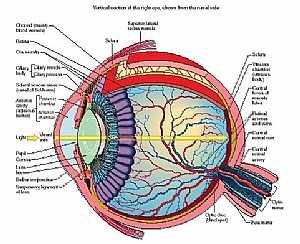 Eye anatomy
Eye anatomy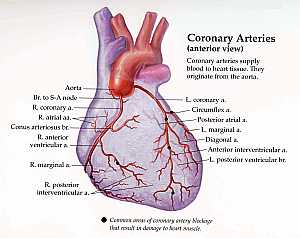 Coronary arteries anatomy
Coronary arteries anatomy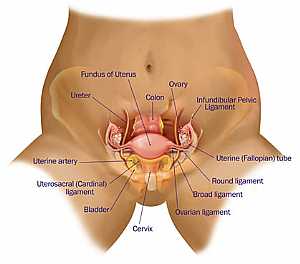 Female pelvic anatomy
Female pelvic anatomy Heart and lung anatomy
Heart and lung anatomy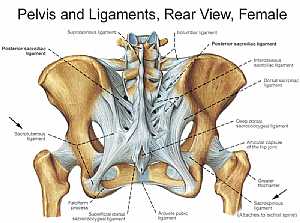 Bones and ligaments of the FEMALE Pelvis
Bones and ligaments of the FEMALE Pelvis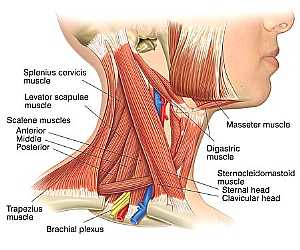 Neck Anatomy
Neck Anatomy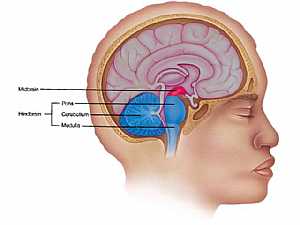 MidBrain anatomy
MidBrain anatomy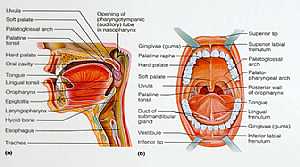 Oral Cavity
Oral Cavity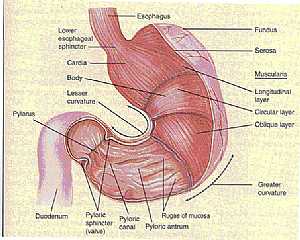 Stomach anatomy
Stomach anatomy Lung anatomy
Lung anatomy Basal Cell Carcinoma ("Rodent Ulcer" Type)
Basal Cell Carcinoma ("Rodent Ulcer" Type) Basal Cell Carcinoma (Histology-Morpheaform Type)
Basal Cell Carcinoma (Histology-Morpheaform Type) Basal Cell Carcinoma (Histology-Nodular Type - High power)
Basal Cell Carcinoma (Histology-Nodular Type - High power) Basal Cell Carcinoma (Histology-Nodular Type- High power)
Basal Cell Carcinoma (Histology-Nodular Type- High power) Skin
Skin Nervous System -- Basic
Nervous System -- Basic Brain anatomy
Brain anatomy Brain anatomy
Brain anatomy Brain anatomy
Brain anatomy Brain anatomy
Brain anatomy Head anatomy
Head anatomy Brain anatomy
Brain anatomy
Be the first one to comment on this article!